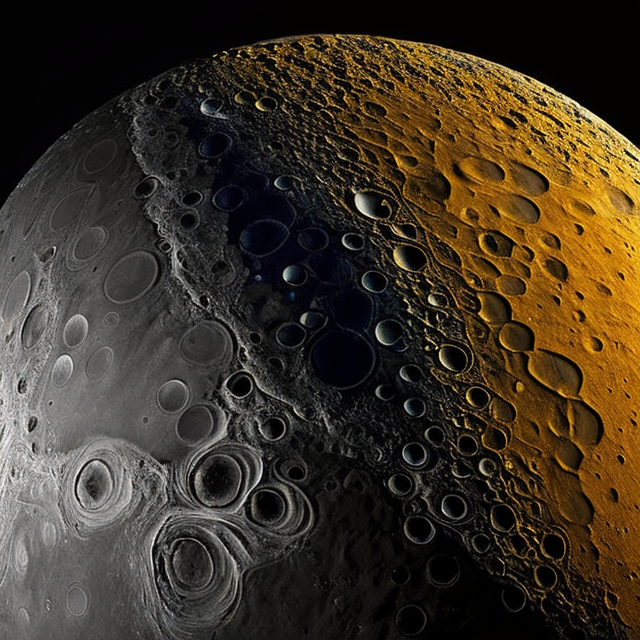|
|
Space Astro
|
Info for exoplanet "Giya"
| Scientific (actual) data |
|---|
| Name | HD 99706 c |
| Planet status | Confirmed |
| Mass sini | 5.69 |
| Orbital period | 1123 |
| Orbit eccentricity | 0.411 |
| Discovered | 2010 |
| Updated | 2018-11-16 |
| Omega | 136 |
| Tperi | 2455380 |
| K | 13.8 |
| Publication | Published in a refereed paper |
| Detection type | Radial Velocity |
| Mass measurement type | Radial Velocity |
| Star name | HD 99706 |
| Right ascension | 172.13° |
| Declination | 43.97° |
| Mag v | 7.81 |
| Star distance | 129 |
| Star metallicity | 0.14 |
| Star mass | 1.72 |
| Star radius | 5.4 |
| Star sp type | K0 |
| Star age | 2.1 |
| Star temperature | 4932 |
| Wikipedia article | HD 99706 c |
Back
| |
| Fictional info (?) |
|---|
| Suggested name | Giya |
| Planet type | Cold planet |
| It was the one of the first exoplanets visited by a spacecraft, and one of the first to be successfully landed on. |
| Atmosphere | Oxygen | 66% |
| Carbon monoxide | 31% |
| Formaldehyde | 2.2% |
| Nitric oxide | 0.59% |
| Ammonium hydrosulfide (NH4SH) | 0.12% |
| Neon | 0.0037% |
| Nitrogen | 2.0E-6% |
| Atmospheric pressure | 0.001 bar |
 |
| No known satellites |
| Google search for Giya |
|
Website by Joachim Michaelis
|
|
|
|